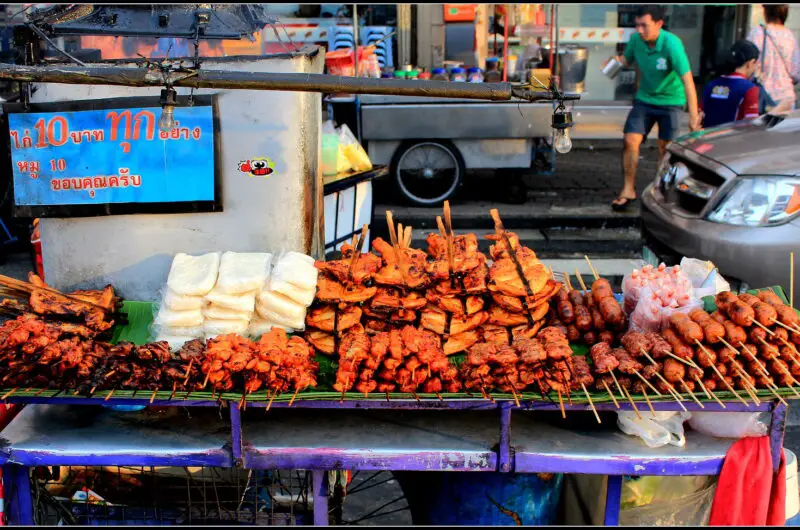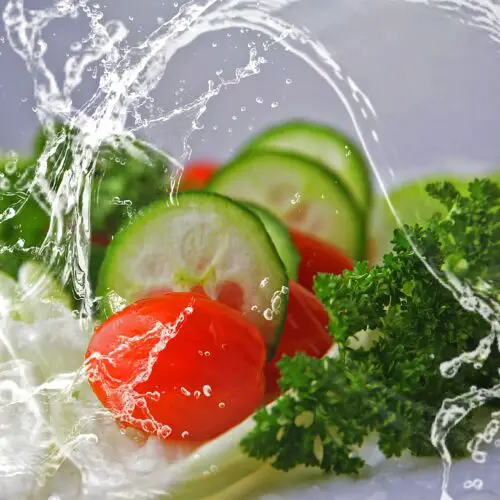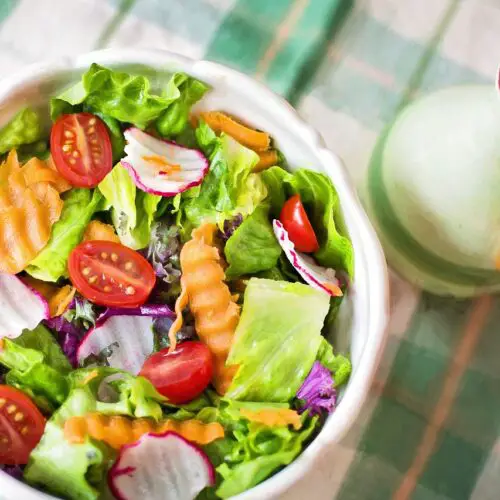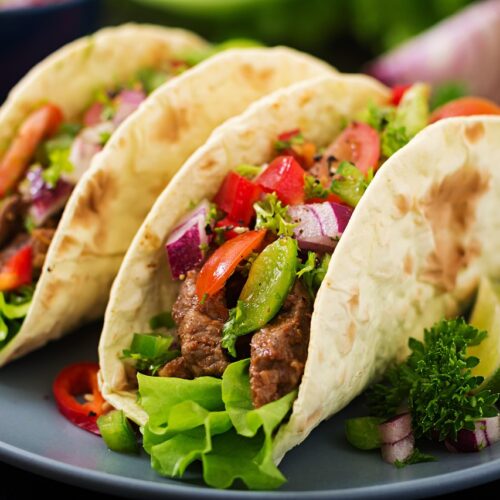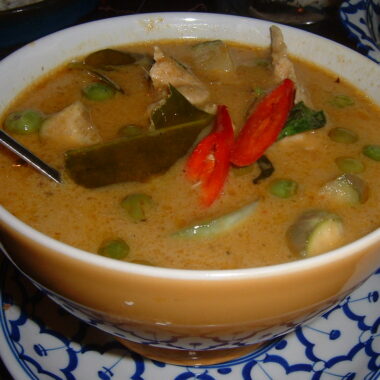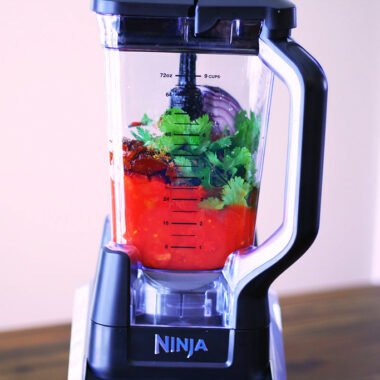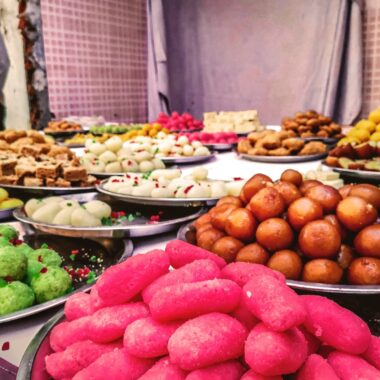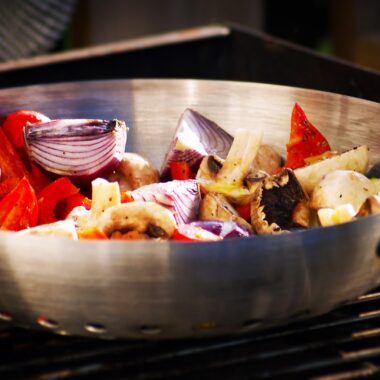When Americans travel to Thailand, they encounter a vibrant and diverse culinary landscape that is both exciting and, at times, challenging. Thai cuisine is renowned for its bold flavors, combining sweet, sour, spicy, and salty elements in ways that are unfamiliar to many Western palates. While some Americans dive headfirst into the local food scene, others seek comfort in familiar flavors or adapt to a mix of both. This article explores the foods Americans eat in Thailand, from embracing authentic Thai dishes to seeking out Western staples, and how their culinary choices reflect cultural adaptation, availability, and personal preferences.
Embracing Thai Cuisine
For many Americans visiting or living in Thailand, the allure of authentic Thai food is a major draw. Thai cuisine is a cornerstone of the country’s culture, and its popularity in the United States—through Thai restaurants and takeout—means many Americans arrive with some familiarity. However, the real thing is often far more intense and diverse than its Westernized counterparts.
Popular Thai Dishes Among Americans
One of the most iconic Thai dishes Americans gravitate toward is pad Thai, a stir-fried noodle dish with shrimp, chicken, or tofu, flavored with tamarind paste, fish sauce, dried chili, and peanuts. Its balanced flavors and relatively mild spice make it a safe yet delicious entry point for many. In Thailand, pad Thai is a street food staple, often prepared fresh at roadside stalls for less than $2, offering Americans an affordable and authentic taste of the country.
Another favorite is tom yum, a spicy and sour soup typically made with shrimp, lemongrass, galangal, kaffir lime leaves, and chili. While the heat can be intimidating, many Americans enjoy the complex flavors, especially when paired with sticky rice. Restaurants often adjust the spice level for tourists, making it more approachable for those unaccustomed to intense heat.
Green curry (gaeng keow wan) and red curry (gaeng phet) are also popular, featuring creamy coconut milk bases with chicken, beef, or seafood, and a mix of aromatic herbs and spices. Americans often appreciate the richness of these dishes, which are served with jasmine rice to temper the spice. In tourist areas like Bangkok, Phuket, or Chiang Mai, restaurants may offer milder versions to cater to Western tastes.
Street food is a major part of the Thai dining experience, and Americans often indulge in som tam (spicy papaya salad), satay (grilled meat skewers with peanut sauce), and mango sticky rice, a sweet dessert that balances the heat of savory dishes. The affordability and accessibility of street food—often costing $1–3 per dish—make it an attractive option for budget-conscious travelers and expatriates alike.
Challenges with Thai Food
Despite their enthusiasm, some Americans find Thai food overwhelming due to its intense flavors, particularly the heat from chilies and the pungent fish sauce. For those with dietary restrictions, such as gluten intolerance or vegetarianism, navigating Thai menus can be tricky. Fish sauce is a staple in many dishes, and cross-contamination is common in busy kitchens. However, in tourist-heavy areas, restaurants often label vegetarian or vegan options, and some Americans learn to request “mai pet” (not spicy) or “mai sai nam pla” (no fish sauce) to tailor dishes to their needs.
Seeking Familiar Comfort Foods
While many Americans embrace Thai cuisine, others seek the comfort of familiar foods, especially during extended stays or when homesickness sets in. Thailand’s major cities and tourist hubs cater to this demand, offering a surprising variety of Western dining options.
Fast Food and American Chains
American fast-food chains like McDonald’s, KFC, Burger King, and Pizza Hut are ubiquitous in urban areas like Bangkok, Pattaya, and Phuket. These chains often adapt their menus to local tastes, but they still provide familiar options. For example, McDonald’s in Thailand serves a “Samurai Pork Burger” alongside classic Big Macs and fries. KFC, particularly popular in Thailand, offers fried chicken with sticky rice, blending American and Thai elements. These outlets are a go-to for Americans craving a taste of home, especially younger travelers or families with picky eaters.
Starbucks is another familiar sight, with locations in malls and tourist areas serving coffee, frappuccinos, and pastries that mirror American menus. While prices are comparable to the U.S. (around $4–6 for a latte), the air-conditioned settings and free Wi-Fi make Starbucks a haven for Americans working remotely or seeking a break from the tropical heat.
Western Restaurants and International Cuisine
Beyond fast food, Thailand’s cosmopolitan cities offer upscale Western restaurants catering to expatriates and tourists. In Bangkok’s Sukhumvit or Silom districts, Americans can find Italian restaurants serving pizza and pasta, steakhouses offering imported beef, and deli-style cafes with sandwiches and salads. These establishments often cater to Western palates, using familiar ingredients like cheddar cheese, bacon, or sourdough bread, which are rare in traditional Thai cuisine.
Mexican food has also gained traction, with chains like Sunrise Tacos and Taco Bell (in select locations) offering burritos, tacos, and nachos. While not always identical to American versions, these dishes satisfy cravings for something closer to home. Similarly, sushi and Indian food are widely available, reflecting Thailand’s embrace of global cuisines, and Americans often explore these as a middle ground between Thai and Western flavors.
Grocery Stores and Home Cooking
For Americans living in Thailand, particularly expatriates, cooking at home is a way to recreate familiar meals. International grocery stores like Villa Market, Tops, and Foodland stock imported goods such as cereals, peanut butter, canned soups, and frozen pizzas, though these come at a premium—often 2–3 times U.S. prices. For example, a box of Kellogg’s Corn Flakes might cost $5–7 compared to $2–3 in the U.S. Americans often mix these imports with local ingredients, creating hybrid dishes like spaghetti with Thai chili paste or sandwiches with local produce.
The Expat and Traveler Divide
The foods Americans eat in Thailand often depend on whether they are short-term travelers or long-term expatriates.
Tourists, especially those on brief vacations, are more likely to experiment with Thai street food and local restaurants, viewing food as part of the adventure. Expatriates, however, may oscillate between Thai and Western foods, balancing cultural immersion with the comfort of familiarity.
Travelers: Culinary Adventurers
American tourists, particularly those visiting for 1–2 weeks, often prioritize experiencing Thai culture through food.
They flock to night markets like Chatuchak in Bangkok or Chiang Mai Night Bazaar, sampling everything from grilled squid to khao soi (a northern Thai coconut noodle soup). Food tours, which cost $30–60 per person, are popular among Americans, offering guided experiences through local markets and eateries. These tours introduce dishes like larb (spicy minced meat salad) or khanom jeen (rice noodles with curry), which might be intimidating to try independently.
Expatriates: Balancing Act
Americans living in Thailand, such as teachers, digital nomads, or retirees, often develop a more nuanced approach.
Initially, they may dive into Thai food, but over time, many seek a balance. For example, an American teacher in Chiang Mai might eat khao man gai (Thai chicken rice) for lunch at a local stall but cook tacos at home for dinner using imported tortillas and local pork. Expatriates also frequent international food festivals or expat bars, where they can find burgers, wings, or Sunday roasts alongside Thai dishes.
Regional Variations in Thailand
Thailand’s regions influence the foods Americans encounter and choose. In Bangkok, the culinary scene is diverse, with everything from Michelin-starred Thai restaurants to American diners. Americans here have access to both high-end Thai cuisine and international chains. In Chiang Mai, the focus is on northern Thai specialties like khao soi and sai ua (spicy sausage), but Western cafes serving avocado toast or pancakes are also common. In southern beach destinations like Phuket or Krabi, seafood-heavy Thai dishes dominate, but resort areas offer Western menus with burgers, pizzas, and even barbecue.
Health and Dietary Trends
Health-conscious Americans in Thailand often seek out organic or plant-based options. Thailand’s abundance of fresh fruits like mango, pineapple, and dragon fruit appeals to those looking for healthy snacks. Smoothie bowls and acaí bowls, popularized by Western trends, are common in tourist areas, costing $3–5. Vegan and vegetarian restaurants, especially in Chiang Mai and Pai, cater to Americans avoiding meat or dairy, offering dishes like tofu-based curries or jackfruit stir-fries.
However, some Americans struggle with the high sodium and sugar content in Thai food, particularly in processed snacks or sweetened drinks like Thai iced tea. Those with health concerns may stick to home-cooked meals or international restaurants with clearer nutritional profiles.
Cultural Adaptation and Fusion Foods
As Americans spend more time in Thailand, many embrace fusion foods that blend Thai and Western elements. For example, Thai-style burgers with chili jam or pizza with tom yum toppings are popular in trendy cafes. These dishes reflect Thailand’s openness to culinary innovation and Americans’ willingness to experiment while retaining familiar formats.
Some Americans also learn to cook Thai dishes themselves, attending cooking classes (costing $20–50) in places like Chiang Mai or Koh Samui. These classes teach recipes like massaman curry or spring rolls, which Americans can recreate at home, often with a Western twist, like using less chili or substituting ingredients.
Conclusion
The foods Americans eat in Thailand reflect a spectrum of experiences, from adventurous dives into spicy street food to retreats into the comfort of a familiar burger. While Thai cuisine’s bold flavors captivate many, the availability of Western options ensures that Americans can find balance, especially in urban and tourist areas. Whether they’re savoring a bowl of tom yum at a roadside stall or grabbing a coffee at Starbucks, Americans in Thailand navigate a culinary landscape that is both a cultural immersion and a bridge to home. This blend of exploration and familiarity makes dining in Thailand a unique and dynamic experience for Americans abroad.
